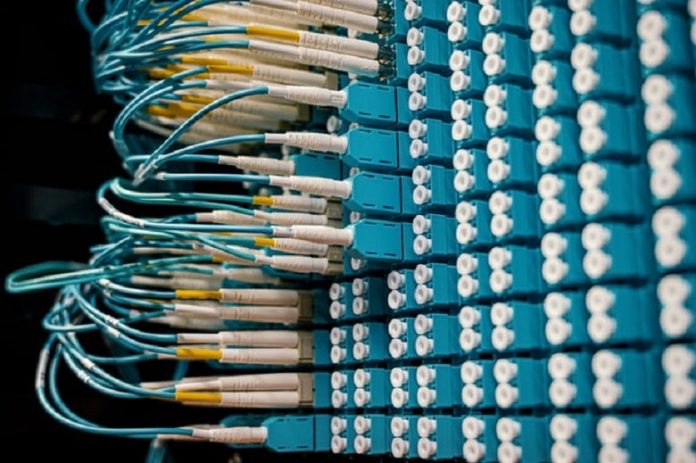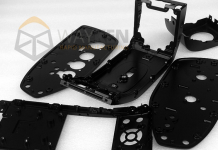The safety of your loved ones is every individual’s priority. You take various steps to protect them from all kinds of hazards. But accidents never happen after giving a warning signal.
Accidents due to poor electrical connections are common in households. Sometimes there is no visible cause but it causes the most severe damage. Therefore, it becomes important for you to be more cautious when it’s about the electrical connections of your house.
But it is human tendency to make mistakes. Even after taking all the precautions and giving your best, accidents can happen. According to U.S.FireAdministration, 6.8% of fires in residential buildings in 2019 were due to electrical malfunction.
It was observed that in residential buildings, out of 1900 fatal fires, 7.5% were due to electrical malfunction. Also, out of 7000 fires that resulted in injuries, 7.9% were due to malfunctioned electric connections.
Given below are some key mistakes to avoid while setting up electrical connections at your house:
1. Compromising With Quality To Save Money
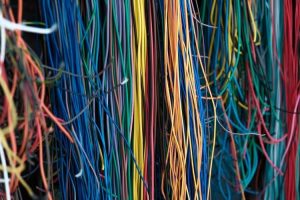
Source: Unsplash
The first and the most common mistake that you make is compromising the quality of the material. To save a few bucks, you end up buying cheaper material. It increases the risk of unwanted electrical fires at home.
While high-quality material ensures safety, low-quality material makes your house prone to electric shock, sparking, short circuits, etc. That is why it is always recommended to use only high-quality cables, switches, and sockets for your home.
For more safety, you can use electrical disconnect enclosures. It can be used to switch on and switch off the electricity in one go. These are very helpful in case of emergencies.
2. Following Assumptions Rather Than Codes
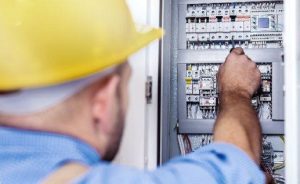
Source: Pinterest
More often you call electricians based on the contacts you have regardless of their experience. As a result, they make assumptions regarding the electrical requirements of your house which can be harmful.
Instead of following the electrical codes and standards accepted in the state, they make calculations that are far away from them. Because of this, it is recommended to call only qualified electricians.
They have all the information about the electrical codes. It makes your electrical wiring more safe and efficient.
3. Not Using The Right Size of Electrical Box
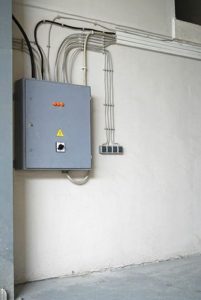
Source: Pinterest
Just like you need the right size of clothes to look good, your electrical wiring also needs the right size of the electrical box to function smoothly. Using too large or too small-sized electrical boxes increases the risks of electrical malfunction.
To ensure safety for longer durations, you should always use the correct size of the electrical box. It prevents your house from electric shock, short circuits, and sparking.
4. Making Insecure Connections
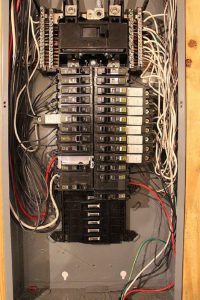
Source: Pinterest
There are times when electricians make an insecure electric connection. It can happen when your electrician is in a hurry or has too much work. Sometimes they do not do ground wiring or leave the wires without clamps. This is harmful to your house.
You should check whether ground wiring is done or not, wires are secured with a clamp or not. If not then ask your electrician to do it as soon as possible. Also, ensure that there are no visible or exposed wires.
Wires that are exposed due to damage or any other reason should be covered using electrical tape. Always, ensure that there are no loose wires in the house to prevent unwanted fires.
5. Overloading Outlets
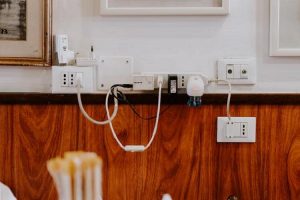
Source: Unsplash
Power outlets at home should not be overloaded with plugs. Every outlet has its capacity. Putting more load on the outlet by plugging in numerous plugs can be dangerous. Using extension cords for long durations also increases the load.
Make sure that the outlet is not hot when you touch it. If it is then it’s a bad sign. A power outlet becomes overheated when it tries to use more energy than its capacity. It can lead to sparking and short circuits.
6. Leaving Wires Unprotected
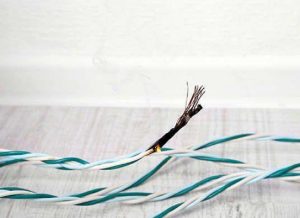
Source: Pinterest
Another mistake that you often make is leaving the wires unprotected after all the connections are done. Before your electrician leaves, ensure that the protective coating of all the wires is intact. If you see any exposed wire then ask the electrician to cover it using electrical tape.
If your electrical connections are not underground, then make sure that they are covered using plastic pipes or boards. Visible wires are risky for your kids and pets. If they are broken by any chance, then it can also lead to electrical hazards.
Tips And Tricks To Prevent Unwanted Electrical Fires At Home
No one wants their home to catch fire due to electricity. You put in your best to ensure that your abode has high-quality electrical infrastructure. But there are times when even the best quality material can catch fire due to varied reasons.
Therefore, you should know what to do and how to prevent accidents like this from taking place. Here are some steps that you can follow to prevent your house from unwanted electrical fires-
- Keep checking the wiring of the house from time to time
- Unplug all the appliances when not in use
- Do not overload the power outlets in any case
- Replace damaged wires and old sockets with new ones
- Use extension cords temporarily
- Do not repair the wiring yourself, call an electrician whenever needed
- Do not ignore the signs like discoloration around sockets, overheating appliances, sparking, etc.
Conclusion
Setting up electrical connections at your house is a time-consuming and tiring task. There are so many things that you have to keep in mind and that is why sometimes you commit mistakes. But you don’t have to worry because during these times buying good quality material and calling an experienced and certified electrician can help you.
So, next time when you plan to set up electrical connections in your house you know what to do and what not to do.


















